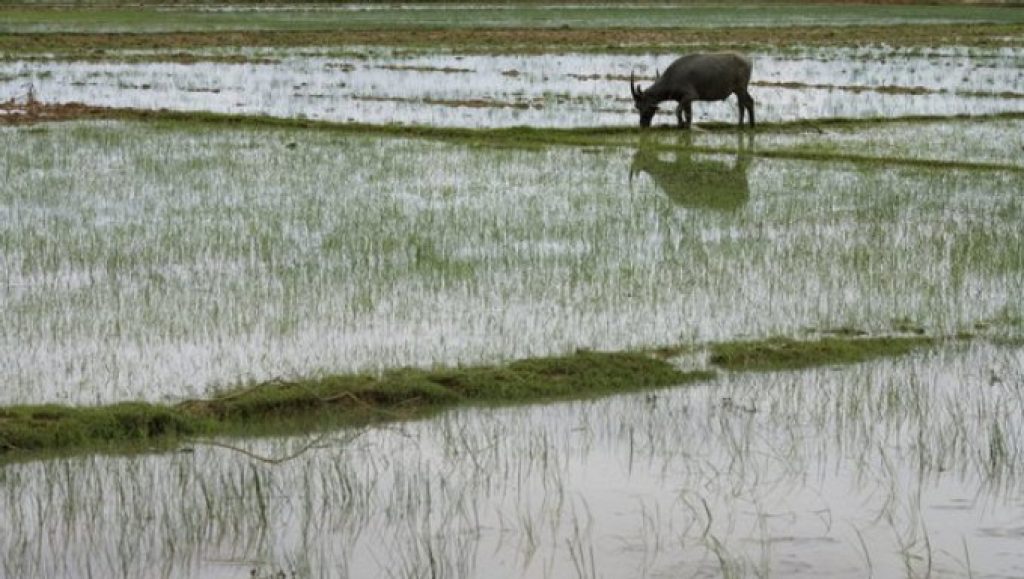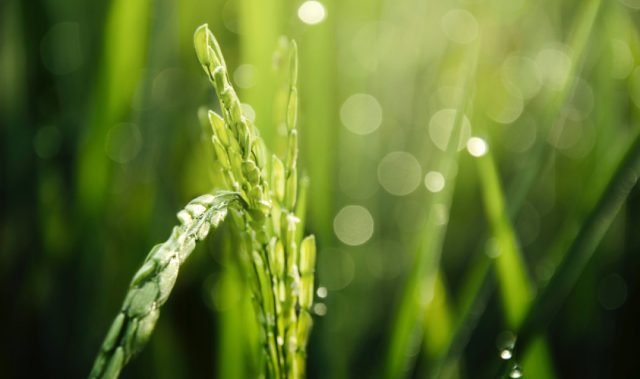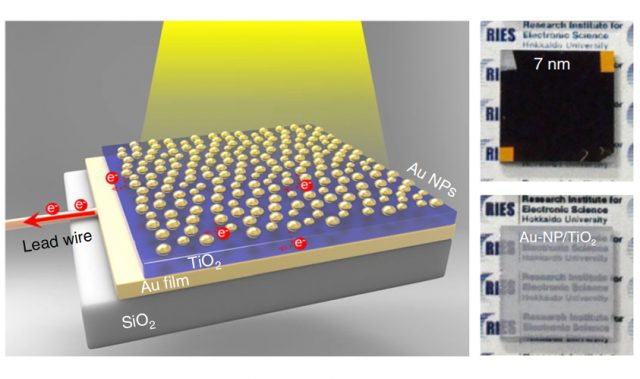
AsianScientist (Feb. 17, 2015) – By Aamna Mohdin – A technology to create biofuel and animal feed at the same time without any off-site processing has been developed by Japanese researchers.
The solid-state fermentation (SSF) system involves wrapping rice plants grown to feed livestock along with yeast, enzymes and bacteria into a bale covered with a plastic film, and capturing the ethanol produced by the resulting fermentation.
This technology builds on traditional processes used by farmers around the world to create silage to feed livestock such as cattle, goats and sheep, according to a report published in the journal Biotechnology for Biofuels.
“Our SSF system does not require special equipment and large facilities,” says Mitsuo Horita, a researcher at the National Institute for Agro-Environmental Sciences who is the project’s lead researcher.
“Harvested materials are immediately packed into a round bale in the field, which is similar to a conventional silo used for silage fermentation. No extra energy needs to be supplied to the system.”
Horita says the system produces high yields of ethanol and silage, without any plant waste. By processing plants destined for animal feed, it also avoids competing with food crops, he says.
As a result, the technology could help address criticism of biofuels, which at present are mostly created from crops such as rice and maize. These first-generation biofuels have come under fire for driving up food prices as their production competes with the farming of crops to feed people. Conventional biofuel manufacture also requires energy for transport and to run industrial processing plants.
But Jahi Chappell, director of agriculture policy at the Institute for Agriculture and Trade Policy, an NGO that promotes sustainable farming, says the SSF system may fail to solve the biofuels conundrum.
“Competition that lowers food security could still happen if this process led to conversion of lands suitable for other agricultural activities into land used for biofuel and feed production,” he says.
According to Horita, the biggest challenge to implementing SSF on a larger scale is the cost of rolling out the technology. Researchers would have to present the advantages of using the system to farmers, who would also need access to power stations that can buy and use the resulting ethanol, he says.
But Siwa Msangi, a researcher at the US-based International Food Policy Research Institute, says the technology is a welcome addition to global biofuel options, despite concerns about its shortcomings.
“We shouldn’t stop seeking ways to make better biofuels as we will need to add them to the portfolio of renewable energy sources that are necessary to offset future climate change,” he says.
The article can be found at: Horita et al. (2015) On-farm Solid State Simultaneous Saccharification and Fermentation of Whole Crop Forage Rice in Wrapped Round Bale for Ethanol Production.
—–
Source: SciDev.Net.
Disclaimer: This article does not necessarily reflect the views of AsianScientist or its staff.












